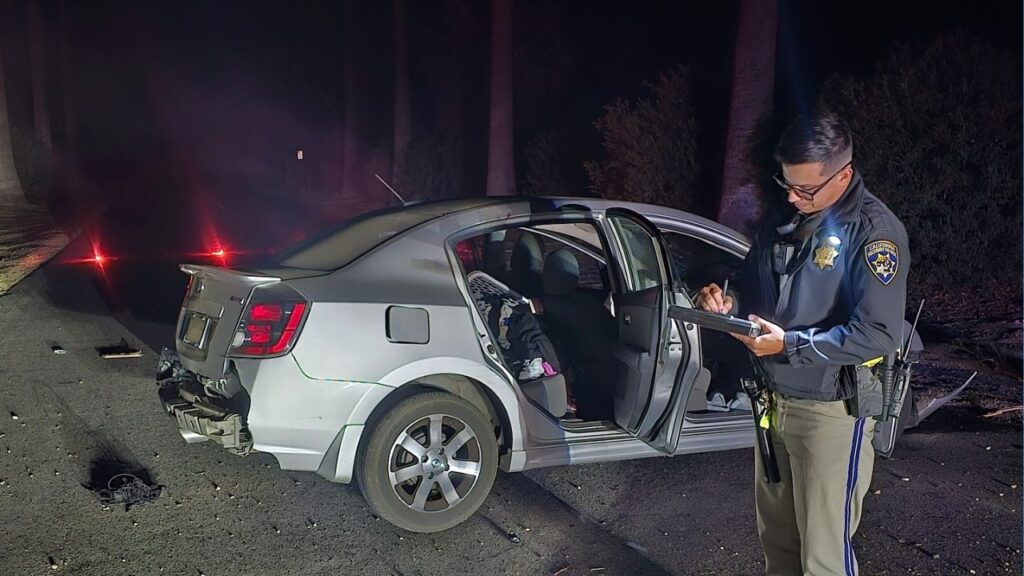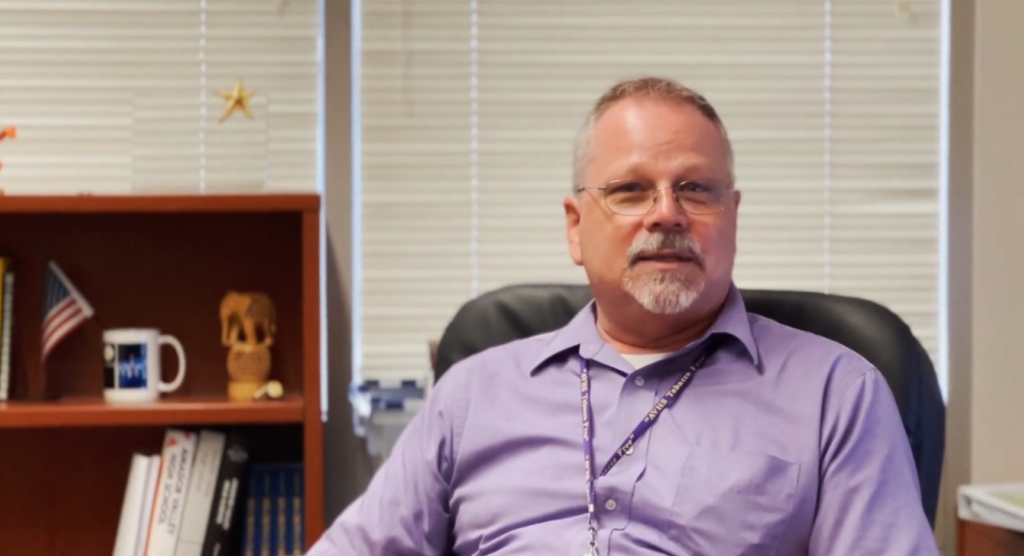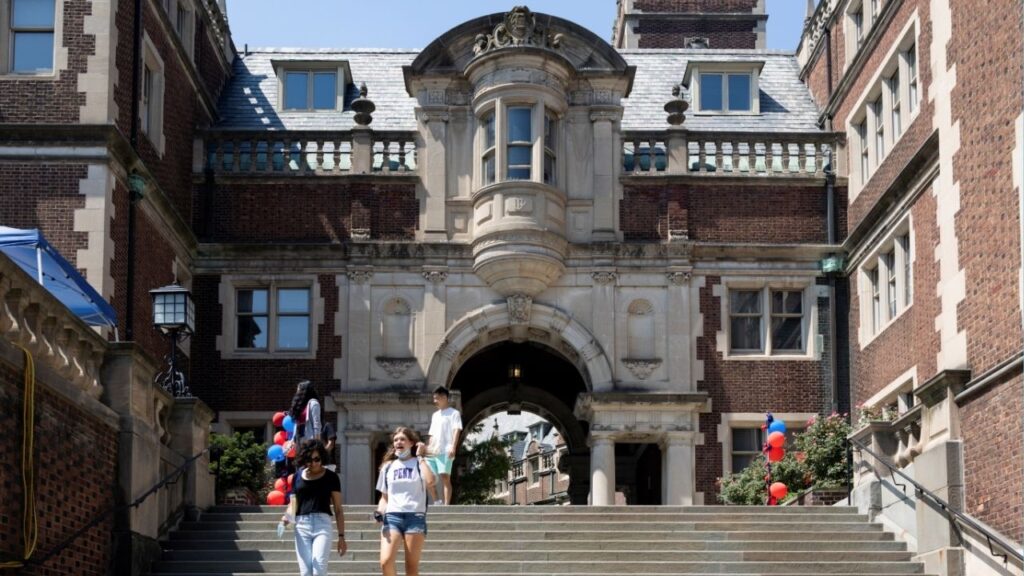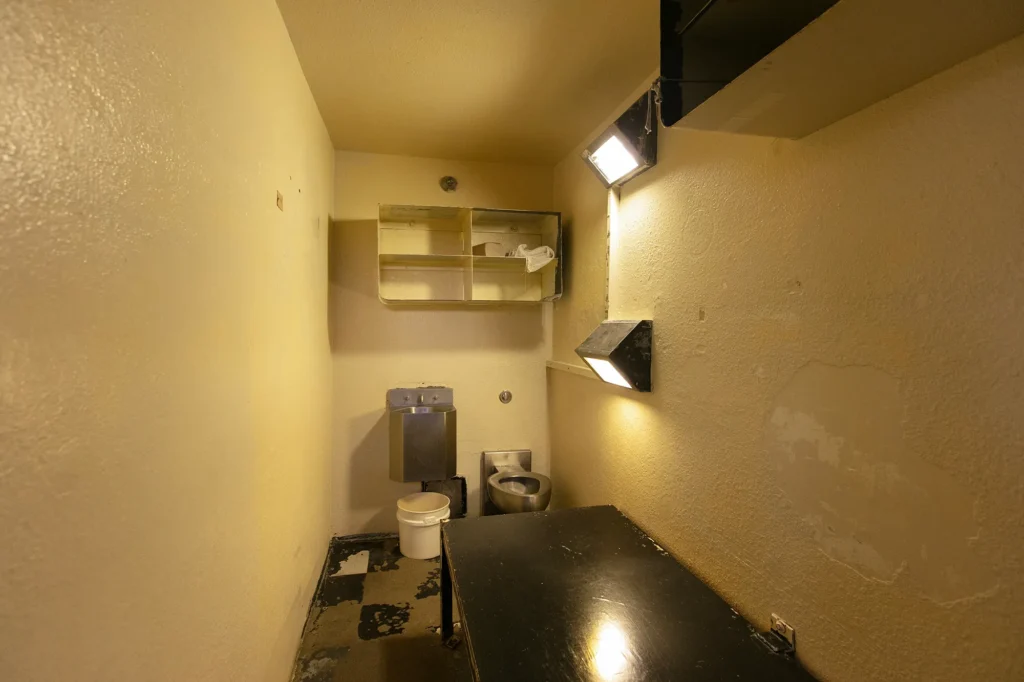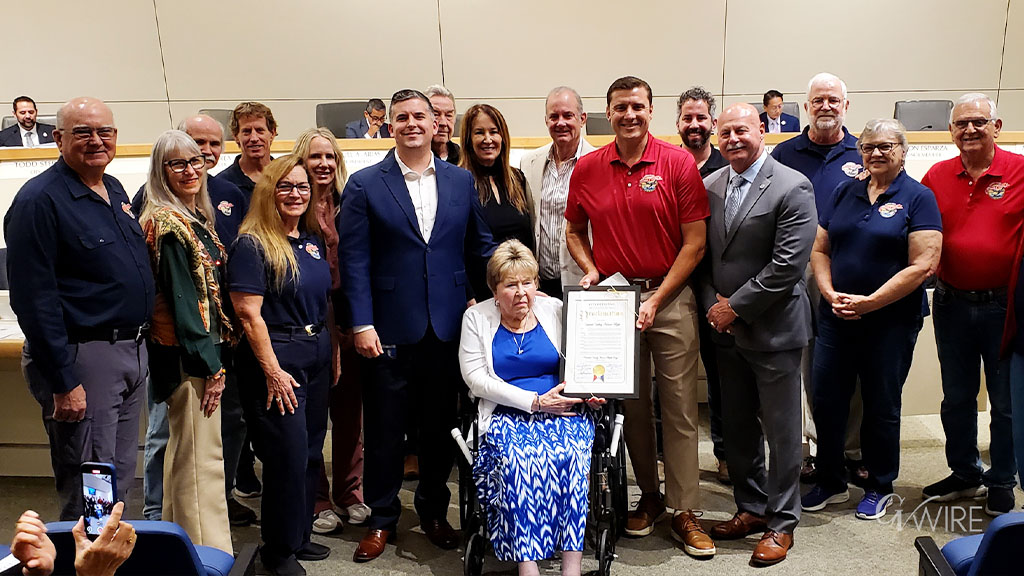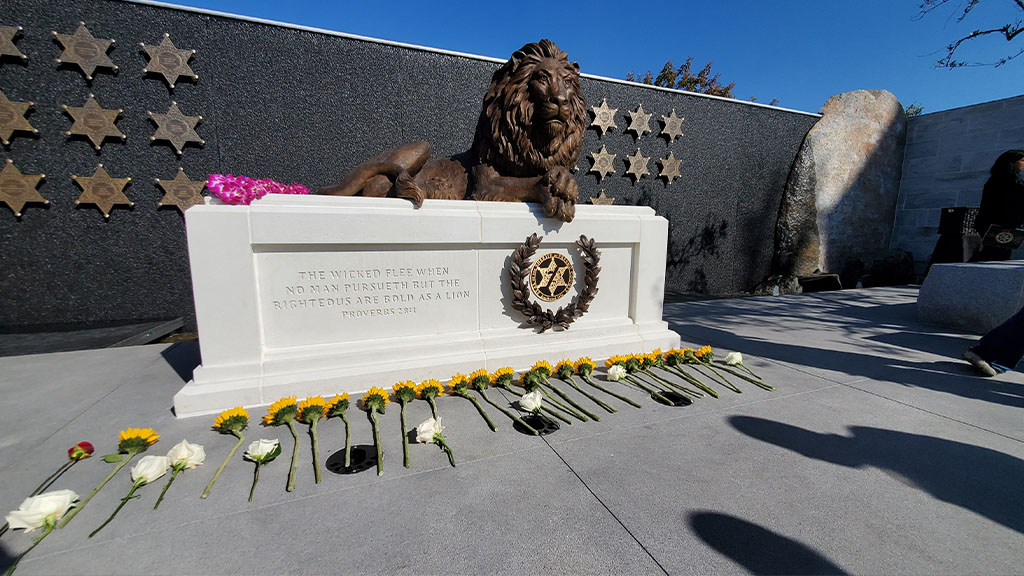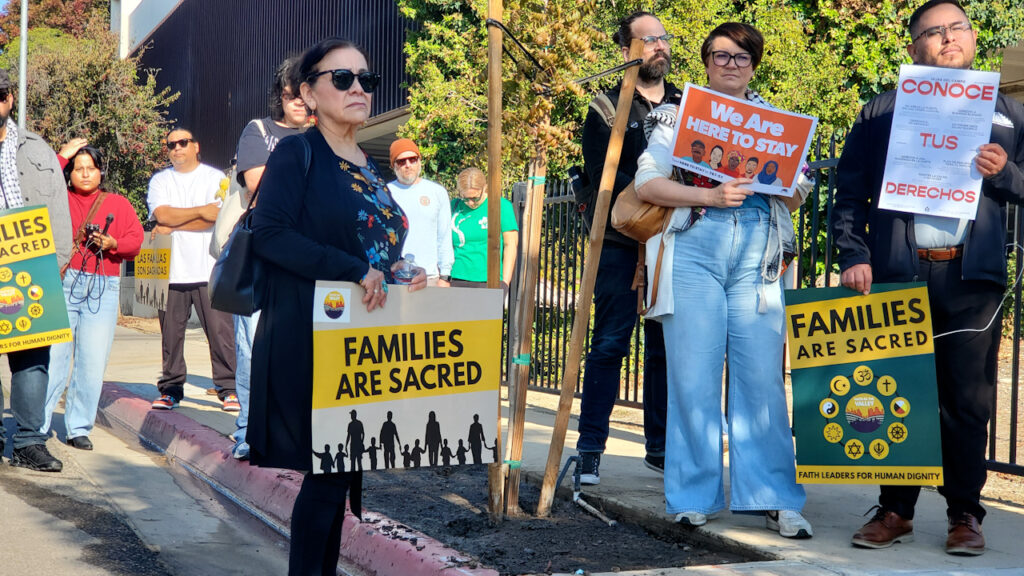Migrants seeking asylum board a bus headed for a local transit center in San Diego, May 23, 2024. At least 25 cities and counties in California have declared themselves sanctuaries for undocumented immigrants by passing laws that limit how much they will cooperate with federal efforts to deport people. (Mark Abramson/The New York Times)

- California cities continue resisting federal immigration crackdowns, reaffirming sanctuary laws as Trump’s administration intensifies pressure and threatens funding cuts.
- Federal agents were denied entry at LA schools, raising concerns about immigration enforcement tactics targeting undocumented children in public spaces.
- Some California cities, like Huntington Beach and Oroville, are pushing back against sanctuary laws, aligning more closely with Trump’s policies.
Share
|
Getting your Trinity Audio player ready...
|
In 1971, Berkeley, California, became the first place in the nation to deem itself a sanctuary city, at the time to provide refuge for sailors who protested the Vietnam War.
Today, at least 25 cities and counties in California have declared themselves sanctuaries for immigrants living in the country illegally by passing laws that limit how much they will cooperate with federal efforts to deport people.
Those policies could soon make California a greater target for the Trump administration as federal officials try to punish governments with sanctuary policies.
President Donald Trump was expected to sign an executive order Monday night directing federal officials to publish a list of all jurisdictions that have declared themselves sanctuaries for immigrants living in the country illegally. It is unclear how Trump intends to use the list, but it is possible that he may try to cut funding or take legal action against the governments that are identified.
California has long been home to more immigrants living in the country illegally than any other state and currently has about 1.8 million such residents, according to the Pew Research Center. Amid threats of mass deportations during Trump’s first term, California declared itself a sanctuary state in 2017.
Here is how local policies in California are playing out during the second Trump administration:
What Does It Mean to Be a Sanctuary?
Oakland, Sacramento and San Diego are among the California cities that have declared themselves “sanctuaries” for immigrants living in the country illegally.
There is no universal definition for what constitutes a sanctuary jurisdiction, although generally it means limiting cooperation between local law enforcement and federal immigration officials.
San Francisco, which first approved its sanctuary city policy in 1989, limits the situations in which city law enforcement officials can give U.S. Immigration and Customs Enforcement officers advance notice of a person’s release from jail. The city also prohibits cooperation with ICE detainer requests, known as ICE holds.
In January, Long Beach strengthened its sanctuary city law, which was passed in 2018, by allocating city funds to help provide legal services for people fighting deportation.
California’s statewide law, which was approved in 2017, prohibits cooperation with federal immigration authorities in most cases, except when immigrants living in the country illegally are convicted of certain crimes — mostly felonies and violent offenses.
Two weeks after Trump won the presidential election in November, Los Angeles began preparing for his second term by reinforcing its sanctuary city status. The city is home to more than 3.6 million immigrants, including an estimated 800,000 living in the country illegally.
How Is This Playing out in 2025?
California leaders say that their sanctuary policies are intended to ensure that immigrants living in the country illegally can live in their communities without fear of deportation. Many jurisdictions have cited these policies in recent weeks amid actions by the Trump administration, including the arrest of a local judge in Wisconsin who was accused of obstructing justice when federal officials tried to arrest in a courthouse an immigrant living in the country illegally.
After Trump took office in January, state and local officials in California reminded their communities of what their sanctuary laws allowed and prohibited. Those laws have not been tested much so far, but a notable case occurred this month at two elementary schools in Los Angeles.
Federal agents showed up unannounced to two campuses of the Los Angeles Unified School District.
The agents were with the Homeland Security Investigations agency, which is part of the Homeland Security Department, and a spokesperson said in a statement that the agency was conducting welfare checks on children who came across the border unaccompanied “to ensure that they are safe and not being exploited, abused and sex trafficked.”
School officials ultimately denied the agents entry. Alberto Carvalho, the Los Angeles Unified superintendent, said he was “mystified” as to why Homeland Security agents would try to visit elementary school students.
How Is the Trump Administration Forcing the Issue?
On Inauguration Day, Trump signed an executive order that directed his administration to take any criminal or civil actions against sanctuary jurisdictions that interfere with immigration enforcement. He also threatened to block federal funding for sanctuary jurisdictions.
In February, the city of San Francisco and nearby Santa Clara County filed a federal lawsuit against the Trump administration in response to such directives. The lawsuit was also brought by cities and counties across the country, including San Diego; Santa Fe, New Mexico; Seattle; New Haven, Connecticut; King County, Washington; and nine others, representing a total of nearly 10 million residents.
Last week, Judge William H. Orrick of the Northern District of California granted a preliminary injunction order barring the Trump administration from withholding federal funds to the jurisdictions involved in the lawsuit.
Elsewhere, the Trump administration sued Rochester, New York, last week over the city’s rebuke of police officers who participated in an immigration enforcement action. Rochester, a sanctuary city, limits the extent to which its officers can participate in such enforcement. After city officers helped federal agents detain immigrants living in the country illegally at a traffic stop, the officers faced scrutiny by the city of Rochester for possibly having violated the sanctuary law.
Is There Pushback to Sanctuary Policies Within California?
In January, the city of Huntington Beach, California, declared itself a nonsanctuary city after a unanimous vote by its City Council, all seven members of which are Republicans and have backed the MAGA movement in unique ways.
The Huntington Beach resolution specifies that police officers and other officials will coordinate and communicate with federal law enforcement, and that the city will defend itself against any possible state legal repercussions.
In Northern California, Oroville voted in March to also declare itself a nonsanctuary city for all criminals. Oroville, a city of nearly 20,000 people about an hour north of Sacramento, has a relatively small immigrant population. About 8% of people in Oroville were born outside the U.S., according to the Census Bureau.
The Oroville resolution says the city will commit to working with federal, state and local agencies to apprehend and prosecute criminals.
—
This article originally appeared in The New York Times.
By Soumya Karlamangla and Jesus Jiménez/Mark Abramson
c. 2025 The New York Times Company






